Lotus Carlton | PH Heroes
The car 'they' famously wanted to ban; we're rather glad they failed
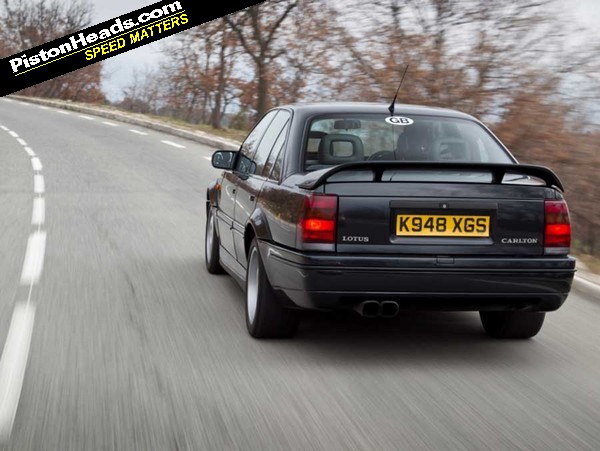
Great cars generate great myths and the Lotus Carlton is no exception. When new, the story goes that only 285 were ever intended for the UK but a mystery 286th car was made. The reason was a bodyshell had been damaged on the production line, put to one side and pretty much forgotten about by the Opel factory in Russelsheim.
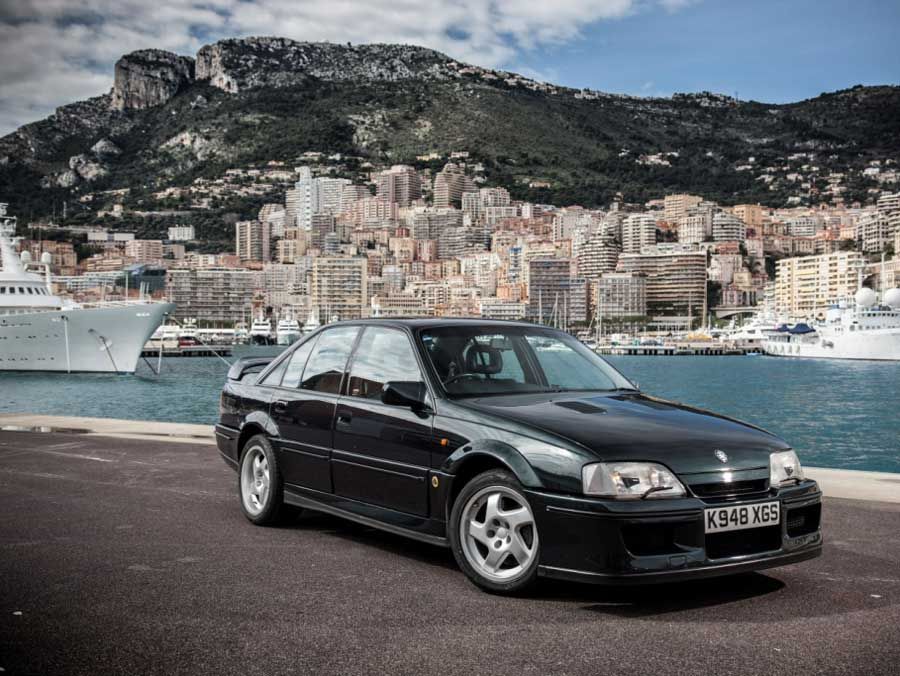
Then along came the chaps from Lotus, who spotted the shell and took it back to Hethel, where they made it into the mythical extra Lotus Carlton. This means the UK got one more than was meant, but it's hardly going to dent residual values for what is now an appreciating asset as a classic car. Nor is it going to undermine the car's reputation among enthusiasts, of which I now count myself after a couple of glorious hours at the wheel of this twin-turbo enfant terrible on the Route Napoleon in France.
As a confirmed BMW E30 M3 fanatic and former Sierra Cosworth driver, the engineering and performance ethos of the 1980s and early 1990s is not lost on me. Even so, the Lotus Carlton rarely surfaced on my radar other than the occasional mention of its 176mph top speed and claim to infamy as the fastest four-door saloon of its time.
First-hand encounter
A couple of days spent with a mix of Vauxhall's latest performance cars and a select few of its greatest hits remedied this gap in my knowledge. While some might have been wary of driving a car they'd feted for so long and then been disappointed, I didn't know what to expect of the Lotus Type 104 Carlton.
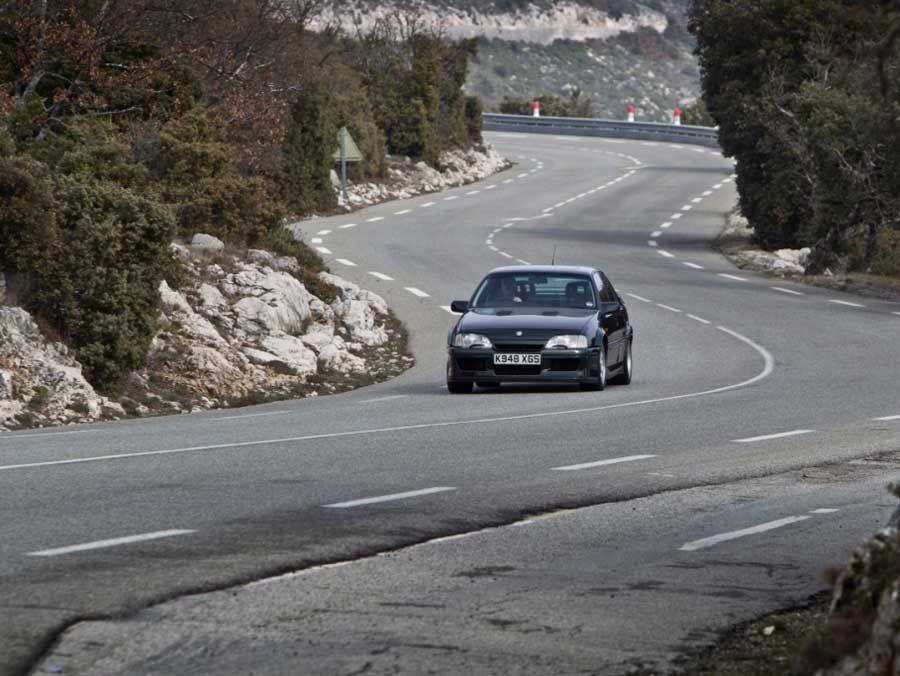
The reality is a car that is still quick by today's standards, knocking off 0-60mph in 5.4 seconds. The urge from the 382hp twin-turbo 3.6-litre straight-six engine is keen from idle and builds rapidly as the turbos begin to puff hard at around 3,500rpm. However, in today's world, the Lotus Carlton is not as crazy or unhinged as it is reported to have been when launched 24 years ago.
If the straight line acceleration feels more rapid than rabid then it's no criticism of Lotus' work on the engine or the way the car is set, merely a reflection of progress in the past two and a half decades. Where the Lotus Carlton still feels more than capable alongside modern muscle saloons is its mid-range wallop. Keep the engine turning above 3,500rpm and the Carlton barges past slower traffic with ease, while on faster roads it doesn't need to drop down the gears to press on into three-figure speeds.
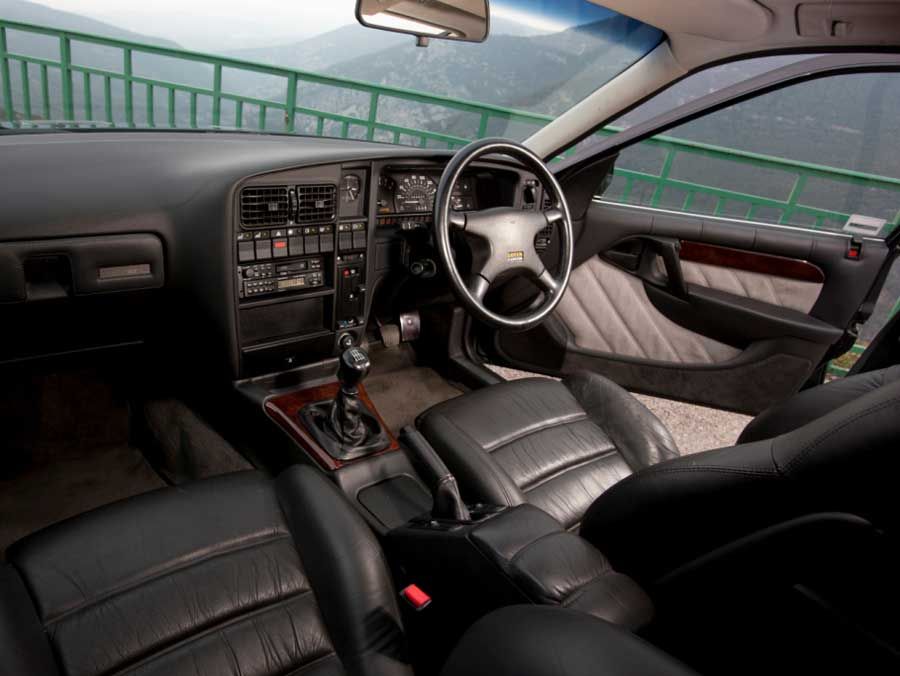
Whoosh Carlt
The six-speed ZF manual gearbox is surprisingly light and has little slack in its action for a car of this age, though it helps that Vauxhall's example is showing only 29,000 miles on the clock. Coupled to a clutch that's not leg-straining to press down on and a throttle pedal with just enough weight to let you measure out inputs accurately, the Lotus Carlton feels like a much more modern car.
Perhaps the only giveaway on the controls front is the slight lack of feel to the steering in the dead-ahead position. Then again, given the Carlton's top speed and plenty were sold in Autobahn-rich Germany, a little sneeze factor is not such a bad thing once you're into the upper reaches of this car's speed capability. As soon as the four-spoke steering wheel is turned from the centre it provides plenty of information to place this 1,524kg saloon with far more accuracy than I had given it credit for. It's not BMW E30 M3 guided missile precise, but it's not far off and betters a contemporary M5's steering.
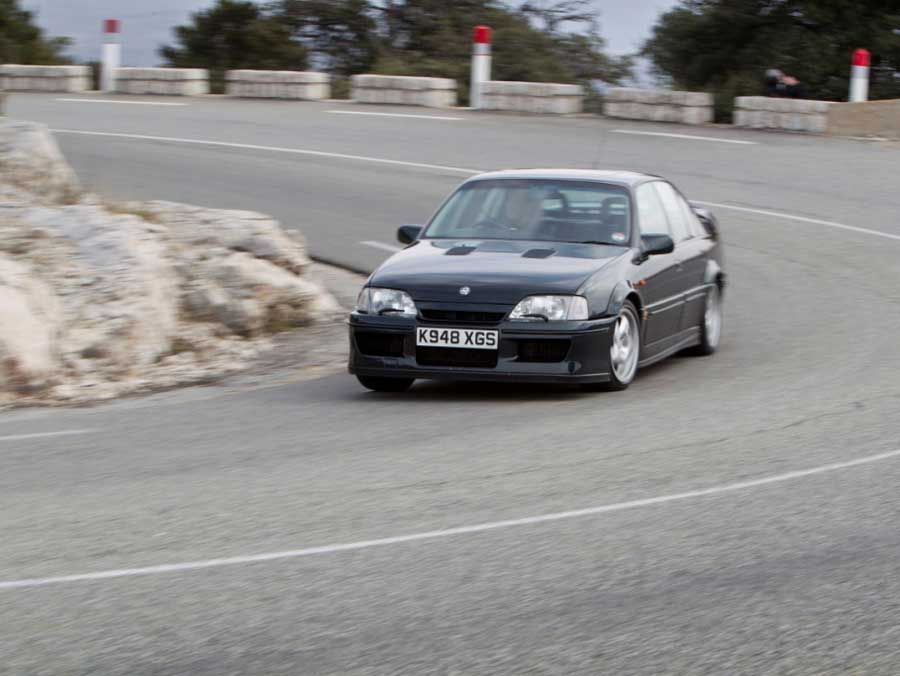
The brakes on the Lotus Carlton we were lucky enough to enjoy, which is number 820 out of 950 that made it over the factory wall, are strong. The pedal delivers enough feel and all-round discs with AP calipers only begin to show signs of fade on the elongated downhill stretches of the Route Napoleon where you fire from one tight turn to the next in second and third gears.
Hand-wringing
Placing the Lotus Carlton in the context of its period, it's easy to see why it was such a revelation and had some safety sops bleeting that it shouldn't be allowed. Today, it still feels impressively able and agile, plus it doesn't come with a swathe of safety systems to intervene when having fun or try to manage the driving experience. Instead, there's a straightforward limited-slip differential at the back and 17-inch alloy wheels with 235/45 front tyres and 265/40s at the back.
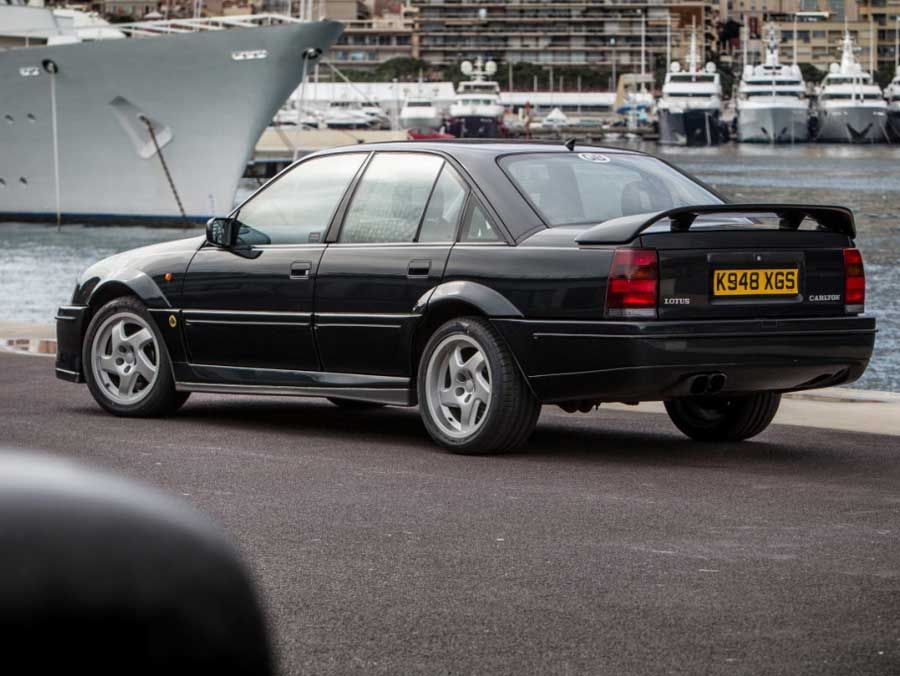
In slower corners, it's easy enough to unstick the rear tyres and induce oversteer and gentle drifts, but deference to this car's age, miles and rarity restrict this sort of behaviour. Higher speed corners reveal the MacPherson strut front end and multi-link rear suspension are sophisticated and let the Lotus Carlton driver turn in and power out with confidence. Now and again, the rear wheels will gently surrender traction, but it feels like the car's helping you tighten the line naturally rather than it becoming unruly.
The suspension allows some give and lean in corners, but there's no flop or wallow, just plenty of feel. It's quite a revelation to someone who has not driven a Lotus Carlton before and, in this respect, feels like a larger scale E30 M3 in the way it lets the driver feed in steering and throttle to make the most of what's available on any given surface. Let's not kid ourselves, a current BMW M5 or Mercedes E63 AMG would disappear into the distance, but the driving experience the Carlton provides is every bit as exhilarating.
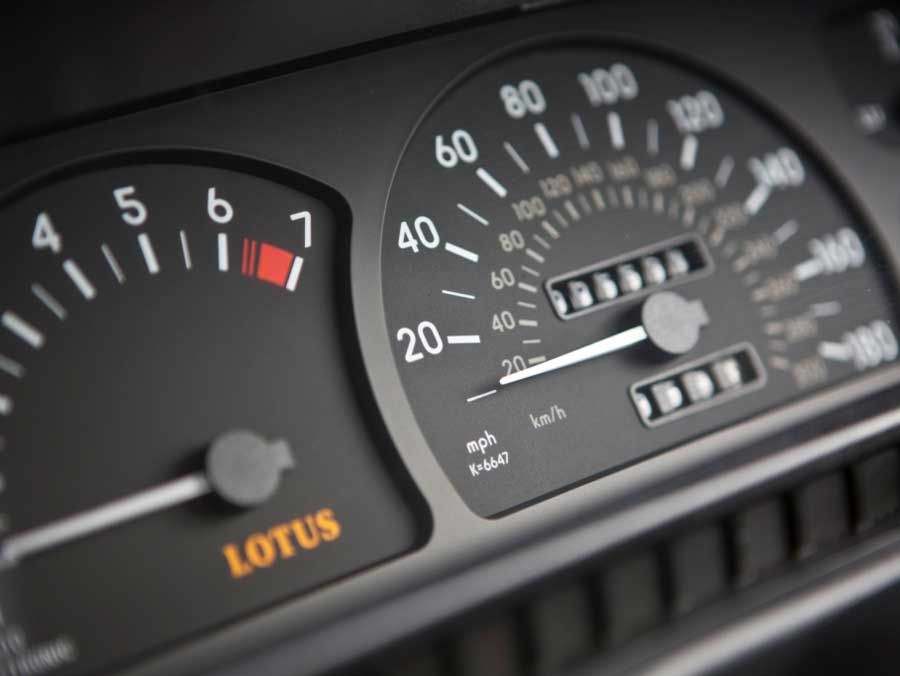
Granted, you will have an interior that looks every minute of its 24 years with chunky buttons, but the essentials of the dials and driving position are sound. There's also space for four, a big boot, air conditioning and, assuming the original stereo hasn't been ripped out, a Grundig radio-cassette player with 10-disc CD autochanger in the boot.
No one will buy a Lotus Carlton for these frills, though. It's all about the driving experience and it's easy to see why the best examples now cost £30,000 or more. Solid examples are around the £20,000 mark, which is a bargain for a car that cost £48,000 when new in 1990. Finding one will be the hardest part, though there is one extra right-hooker out there to help in your search.
SPECIFICATION | LOTUS CARLTON
Engine: 3,615cc 6-cyl twin-turbo
Transmission: 6-speed manual, rear-wheel drive
Power (hp): 382@5,500rpm
Torque (lb ft): 415@4,200rpm
0-62mph: 5.4 sec (to 60mph)
Top speed: 176mph
Weight: 1,524kg
On sale: 1990-1992
Price new (1990): £48,000
Price now: £15,000-£35,000
N.B Those of you with good memories (and long memberships) will know the Lotus Carlton has been featured previously as a PH Hero. However, that was more than six years ago and with the car in a completely different setting. Route Napoleon in a Lotus Carlton seemed like an experience worth sharing!
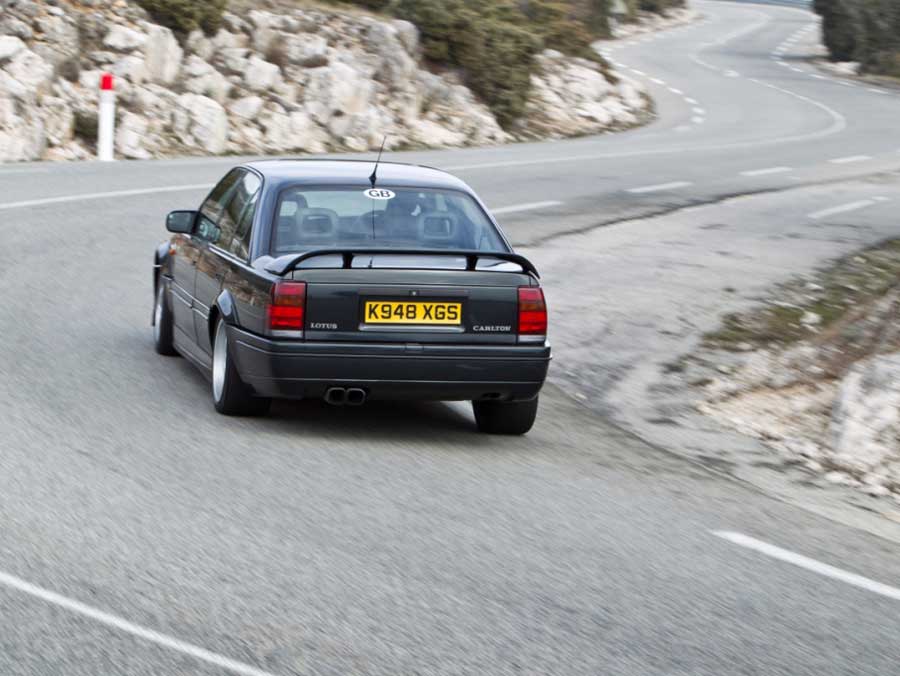 |
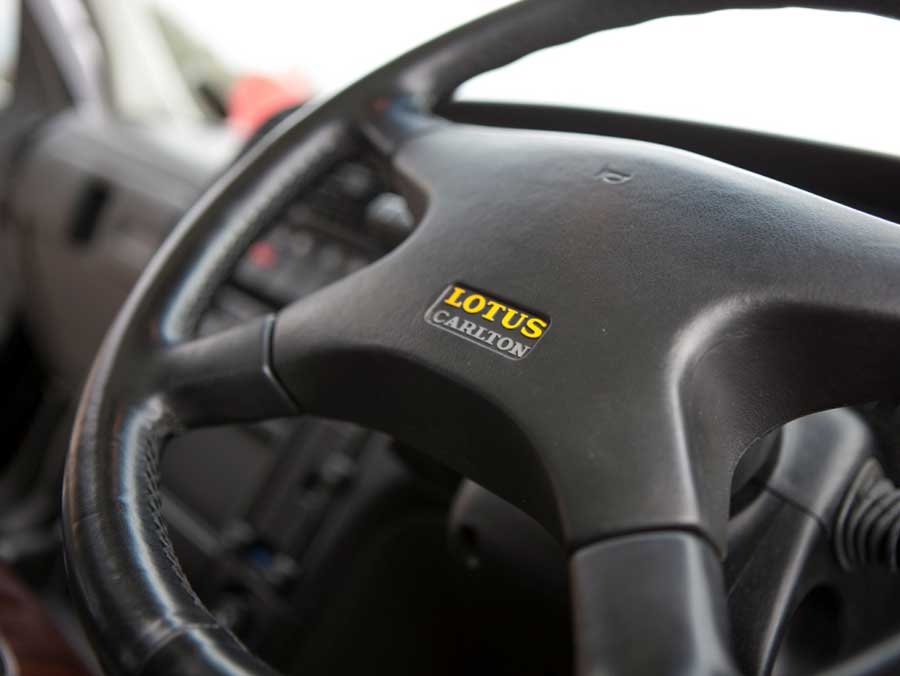 |
 |
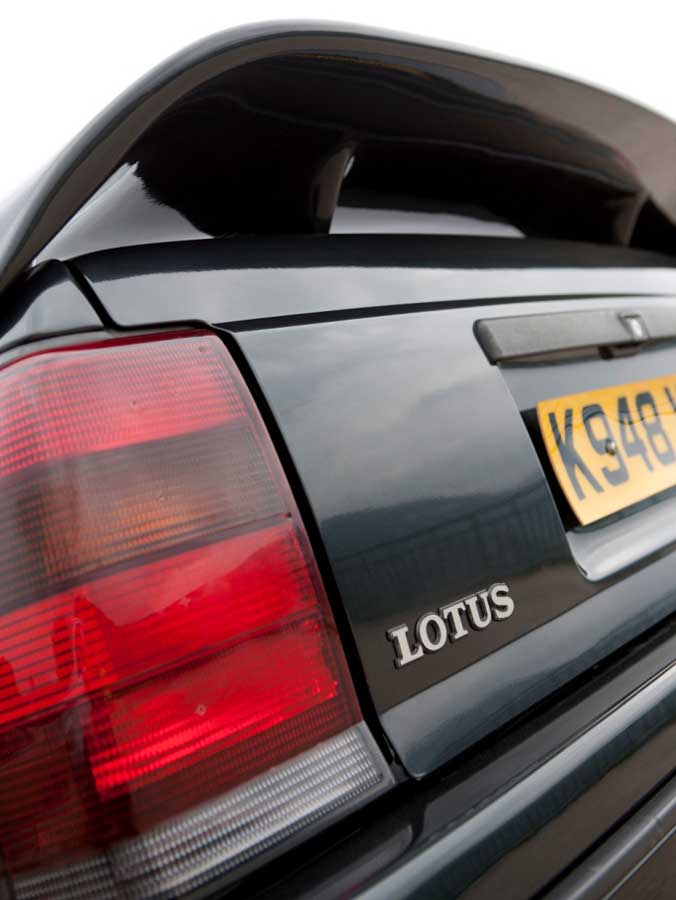 |
Gassing Station | General Gassing | Top of Page | What's New | My Stuff



